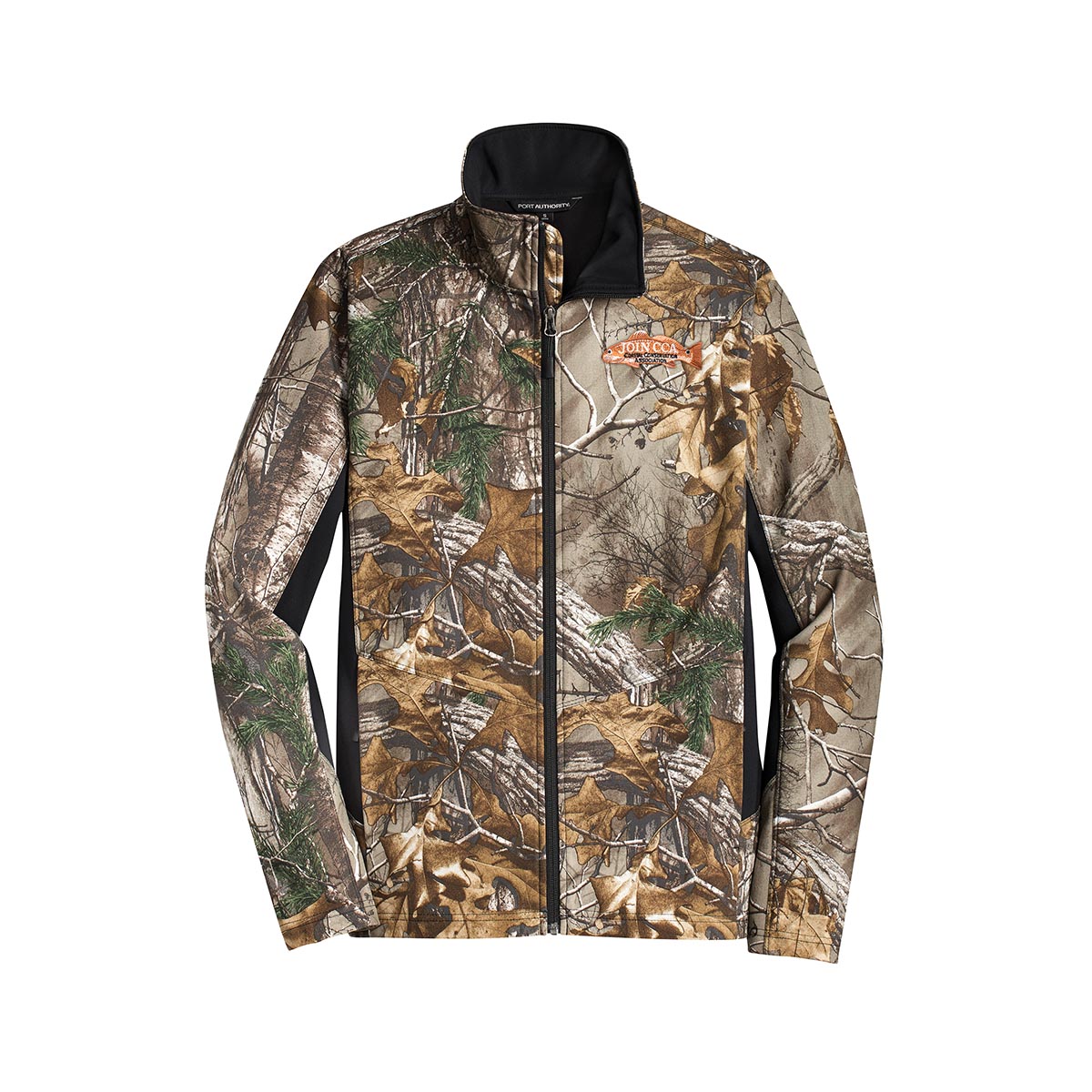

If you’re heading to an arid desert landscape, perhaps composed of dramatically muted colors like dirt, dried grasses and sage, Break-Up Country isn’t the best choice. The balance of colors and shadowing also make Break-Up Country an excellent choice for any season, with exceptions. Break-Up Country’s diverse array of right-sized natural elements makes it an easy choice for most environments. Unveiled in 2015, Mossy Oak Break-Up Country has become the brand’s most popular pattern and a staple choice for hunters from coast to coast and beyond. To that end, let’s dive into a handful of camo patterns worth understanding - and worth a bit of retail space.

Yes, advising folks on correct camo choices definitely can increase business. Whether they’re hunting a species or in an environment for the first time, they look to you for answers - and the more (helpful) answers you have, the more likely you are to generate repeat business. While a number of your customers may know what works best to leverage hunting success in their favor, many more may be camo-challenged. There’s a reason hunters don’t wear blaze orange, or perhaps more importantly, blue, red or white (colors found on turkeys).Ĭonsidering camouflage patterns and their purposes, environment is at least equally as important as a chosen prey’s vision. On the polar opposite side of color sight, you have the all-seeing eyes of a turkey. Colors like green, brown, yellow and even orange are seen as shades of gray of course, it makes sense to break up large gray shapes, too, and camo does exactly that. Conversely, deer don’t see other colors well at all. This is also why hunters are learning to stay away from laundry detergents with UV/optical brighteners. Wildlife biologists have established that deer see color on the lower wavelength - predominately blues, including UV. That said and movement aside, the right camo pattern for the hunt does matter, especially when you’re chasing prey that are acutely aware of their environment, that are sensitive to objects and shapes foreign to them, and, in some cases, that see color exceptionally well. Technology has improved so dramatically that hunters flat-out disappear when they wear the right camo and stop moving.

Yes, even 60 years ago, hunters knew they stuck out like sore thumbs and sought to do something about it.įortunately, we’re decades away from Pop’s checkered Woolrich getup. To him, it was about breaking up his outline, period, even if he did it with scores of squares. While his getup was often as old-school as one could imagine - his checkered outfit dating back more than 60 years and still going - it was still as purpose-driven as today’s camo. Even in his early 80s, his choice of hunting garb was a toss-up - checkered or an honest-to-goodness camo pattern. Oddly enough, his camo pattern of choice was red-and black-checkered flannel or wool, Woolrich being his favorite. By then, he had hunted for nearly 70 years, and if you asked how many deer he had taken in his lifetime, he most certainly wouldn’t have an answer - accomplished hunter is an understatement. At 80 years young, he was still trekking throughout the Bitterroot Mountains in search of his trophy bull elk of a lifetime. My father-in-law, Gene, was my hunting buddy for more than 20 years. Many customers can't or won't buy different camo for every type of hunting they do, so stocking some multi-purpose patterns that can do double or triple duty is a smart idea. You are especially lucky if its a forrest and you are in a bush.Camo patterns vary by season, geographic region, species targeted and more. Now you have your object camouflaged, and remember, movement is also giving you away, if you gotta really really hide, don't move and you will most likely blend with the place around you. Adapt the material and colour to something you want camouflaged.Ĥ. This is how close I got it to the colour of sand:ģ. Then I have to adjust it's darkness tone, make it lighter or darker, so it looks pretty same as the sand. You have to colour it correctly, comparing it to the place around you.įor example, I am in a desert, so I have to get brown/light brown colour.

You have to get the correct material, and there is only one material in your "Materials" tool which is on any GMod server and is very useful (pheonix_storms/plastic.mdl), it is on the bottom of materials list.Ģ. It can be camouflaging your car, it can be your little base, it can be yourself using E2 to change your material and colour (this is a nice loophole, many servers don't allow invisibility E2's, but noone ever said anything about camouflages).ġ. There are different ways you can use a camouflage.


 0 kommentar(er)
0 kommentar(er)
